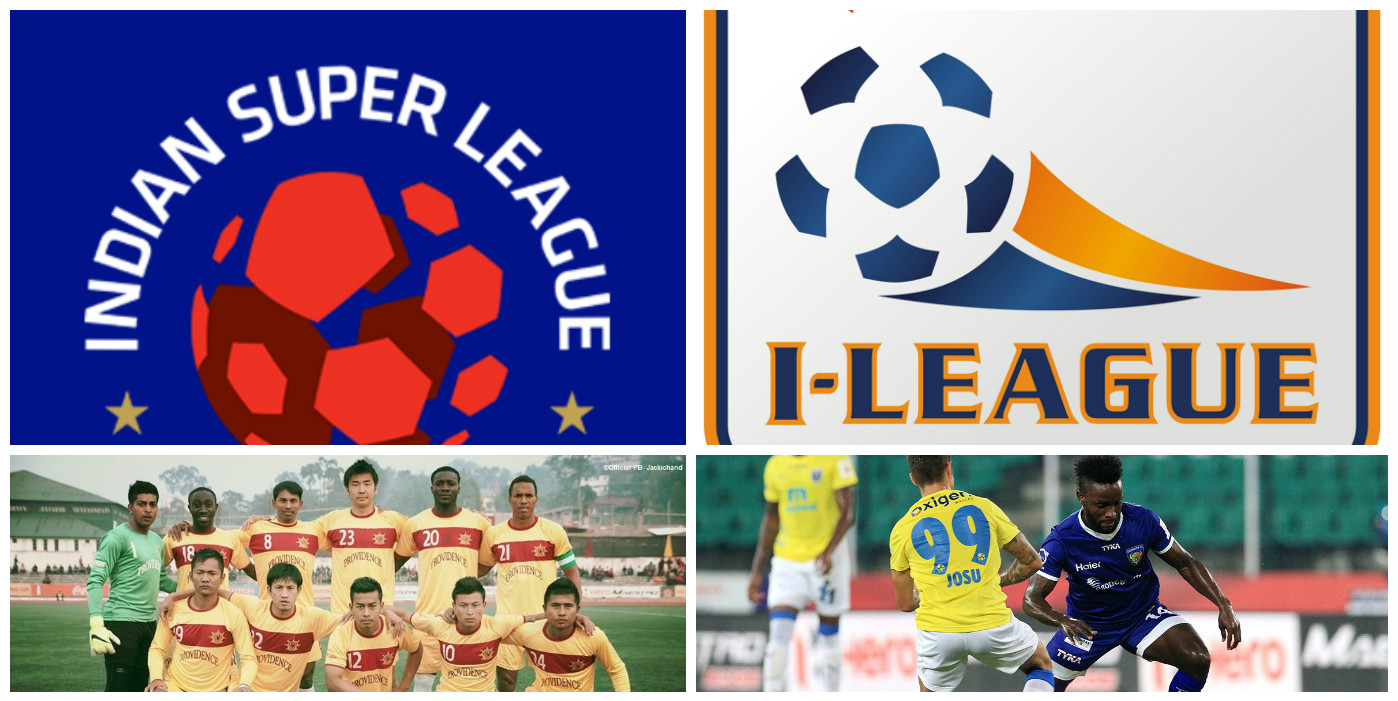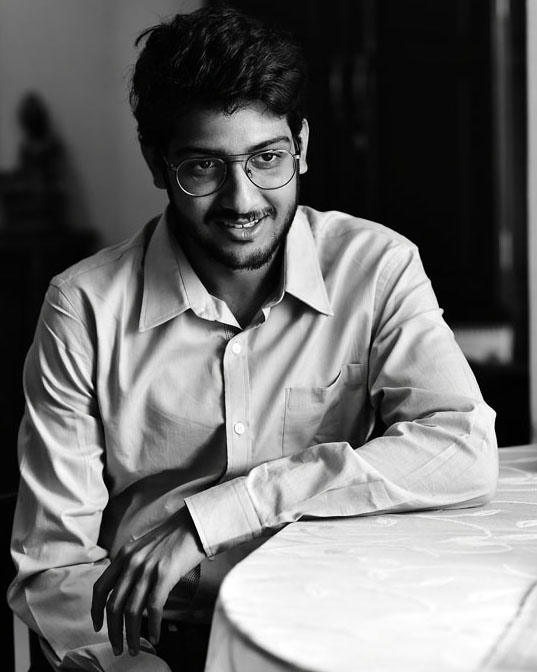A roadmap to 'One League'- How to merge the ISL and I-league
Royal Wahingdoh became the third club to pull out of the I-League next season, after Pune FC, who have shut down their first team operations, and the newly formed Bharat FC. The future of I-League, and its clubs, looks bleak at the moment, as the call for a unified league gathers momentum. But before the 'One League' can be achieved, ISL will need to tame a lot of its inner demons.

One nation, two leagues
The biggest issue with the ISL is the fate of the I-League and the clubs plying their trade in it. Barring Latin American nations, every major country has one national league. The AIFF is also aware of this issue, and plans to merge the two leagues in the near future.
"We eventually want to bring the two leagues under one common format. For this we will have a working group made up of IMG-R, I-League, AIFF and ISL representatives. They will discuss ways and means for integration. We will meet again and we will see. There is no time-frame that it will only happen next year: but maybe in two-three seasons," AIFF Chief Praful Patel told the media back in September.
There are however some serious hurdles that need to be crossed before this becomes a reality:
- The conflict of contracts that will arise due to players who are contracted to both I-League and ISL clubs.
- How the I-League clubs will compete against their cash rich ISL counterparts, with their threadbare finances.
- Multiple clubs from the same city/region. While this might not be an issue for five out of the eight ISL franchises, for Atletico de Kolkata, Northeast United FC and FC Goa, this will be extremely critical. All these regions have pre-existing football clubs with a strong and loyal fan base who come together during ISL to support these three teams.
The AIFF, for the time being, is circumnavigating these issues by holding the two leagues in different parts of the season. However, a permanent solution is desired. Here are few possible options to deal with the above mentioned conundrums, that would arise from a unified league.
- Players contracted to both an I-League and ISL club should be given the choice to decide which of the two clubs they would like to represent.
- No relegation for the first five seasons. This would give the I-League clubs ample time to gauge the strength of ISL clubs and develop their own squads accordingly. Given that most players contracted by the two clubs would prefer ISL clubs, the I-League clubs would have to turn to youngsters, thus acting as the incubators for India’s next generation of footballers.
- Given the disparity in the financial capability of I-League and ISL clubs, AIFF and IMG should provide 'parachute funding' to the former. English Premier League employs a similar concept for clubs who are relegated from the first division to ensure that these clubs can cope with reduced income from not being part of the EPL.
This, along with a budget cap and even distribution of the money generated from the television rights, will provide a level playing field.
- Impose limit on the number of foreigners in starting XI to five. Also ensure that at least one Indian U-21 player is always on the pitch.
- As far as the fan base in concerned, for ISL clubs in cities which have multiple I-League clubs, there will be no solution overnight. Clubs like Atletico de Kolkata will have to build their own fan base over the years, and with the aggressive marketing they have practised so far, they may have a head start already.
If AIFF, IMG and the who's whos of Indian football come together and do manage to accomplish the herculean task of merging these two leagues together, this is how Indian football will benefit:
- Increased depth of the league with at least 18 teams taking part in it.
- Increased reach of the league given that Delhi, Kerala, Chennai, and Mumbai are not represented in the I-League, whereas Bangalore is not represented in ISL.
- The number of Indian players playing in the top level would increase significantly as one player cannot play for two clubs.
- A well-spread out league played throughout the season allowing for optimal performance by the players.
There is, however, a second option– albeit a radical one– and it involves scrapping one league and ensuring a longer season for the other league.
The ISL is better than the I-League in terms of playing standards, marketing, and profitability. The I-League, however, houses the traditional giants of Indian football. Besides the big-three from Kolkata, you have iconic clubs like Salgaocar, Churchill Brothers, and Dempo from Goa. The choice is tough, but if a league has to be scrapped, it should be the I-League.
Scrapping ISL would mean losing the corporates who are betting on ISL’s profitability and the cosmopolitan fans who started thronging the stadiums once the ISL began.
This, however, does not imply the I-Leagues club should shut shop and end decades of footballing tradition and history. We should remember that the National League started only in the mid-90s. Before that the clubs used to focus on the state leagues besides the several cup tournaments.
India is the home to the Durand Cup competition (oldest tournament in Asia, third oldest in the world), Federation Cup, and IFA Shield (first held in 1893). All these tournaments are either dying or already dead in terms of prestige, importance, and sponsors.
The AIFF has already decided to put Federation Cup on hold for a couple of seasons to avoid clashing with the ISL. The IFA Shield has been converted into an age group competition. The Army helps in keeping the Durand Cup alive, though most clubs give it a miss.
The AIFF can help and promote these tournaments using ISL as the platform. The I-League clubs should participate in these cup tournaments besides playing their local leagues. Financial cover should be provided to the I-League clubs to ensure that scrapping the I-League does not make them go bust. Also the prize money for playing in the Cup tournaments should be incremented to cover the financial deficit caused by scrapping I-League.
Ideally, the local leagues should start the season and get over within two months like they do now. Followed by a month long preparatory phase, the ISL should be extended from its two and a half month duration to at least four to five months.
The season should close with the several cup tournaments. A Super Cup between the ISL winners versus Federation Cup winners could be thrown in to end the season. A season like this, lasting for 10 months at the most, would give the players adequate time to recover and train.
Other issues to solve
Apart from the issues, the ISL management and clubs also need to set their priorities straight. A lot has been talked about problems like the lack of emphasis on grassroots, and how the tournament has hampered India's World Cup Qualifying campaign over the past couple of months.
Before they undertake the gigantic task of forming a unified league, or scrapping the I-League completely, ISL needs to deliver on the promises they made at the beginning. Instead of organizing ineffective youth camps, IMG and the ISL clubs need to build residential academies, which will benefit the national team in the long run.
The ISL is being promoted with the aim of developing Indian football. However, the apathy of ISL clubs and the AIFF towards the Indian national team casts serious doubts over their intent. It was shambolic that the Indian national team went to play two away World Cup qualifiers without any preparatory camp.
Leagues all over the world have international breaks and the ISL cannot be an exception. Precedence has to be given to national team fixtures and clubs should release players called up by the national team, instead of throwing a fit, like Delhi Dynamos manager Roberto Carlos, did earlier this season.

Comments
Sign up or log in to your account to leave comments and reactions
0 Comments